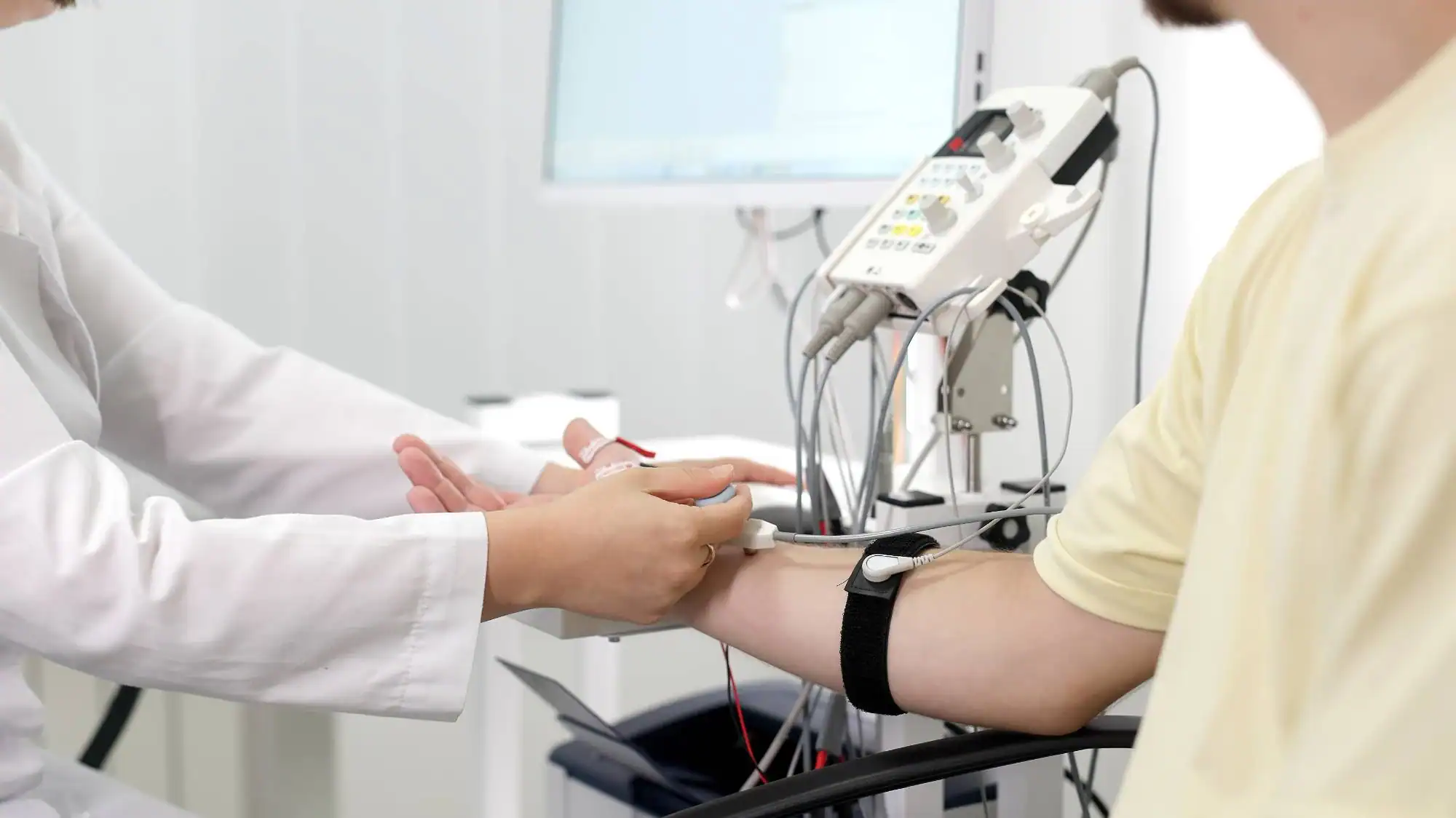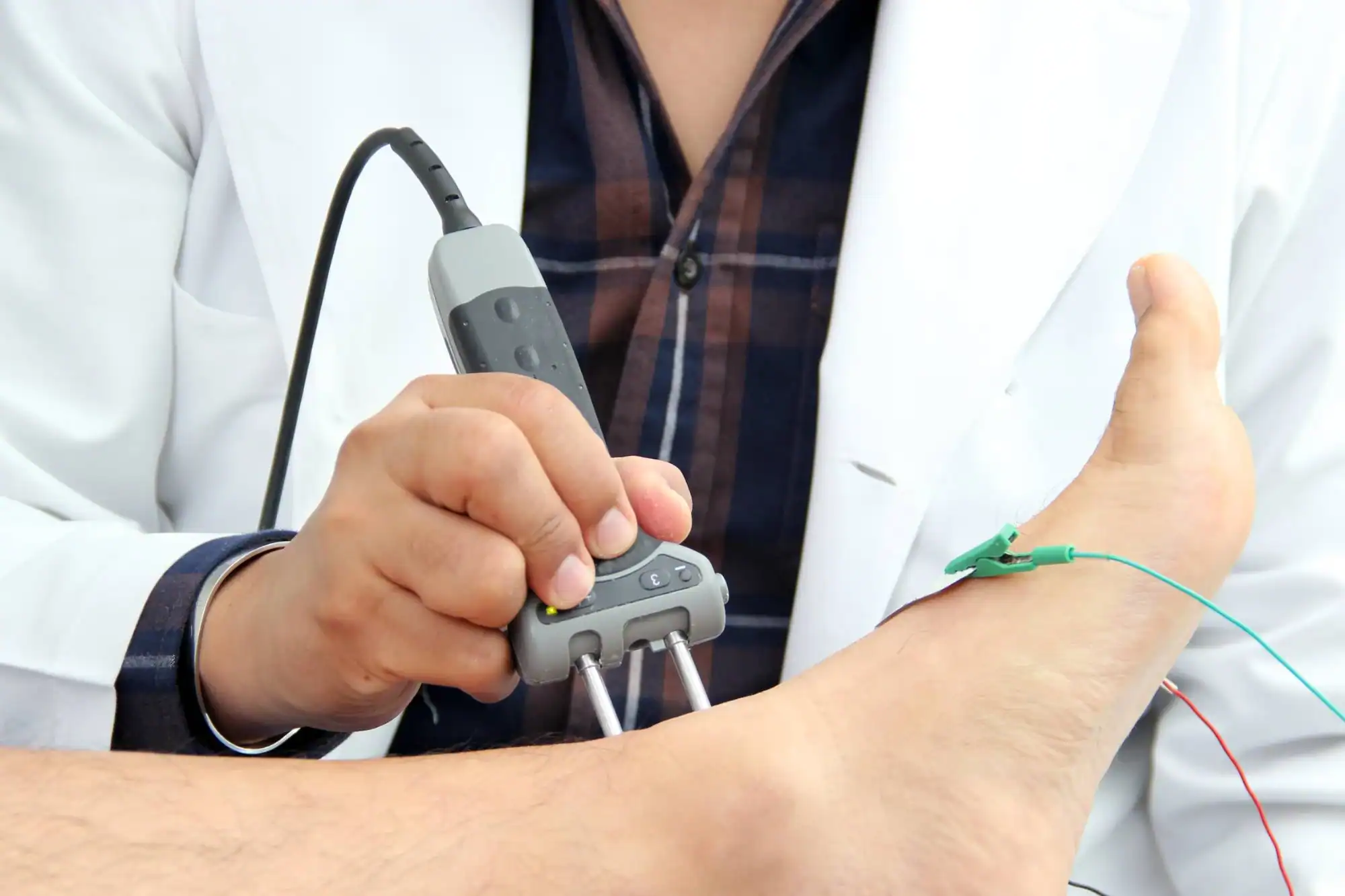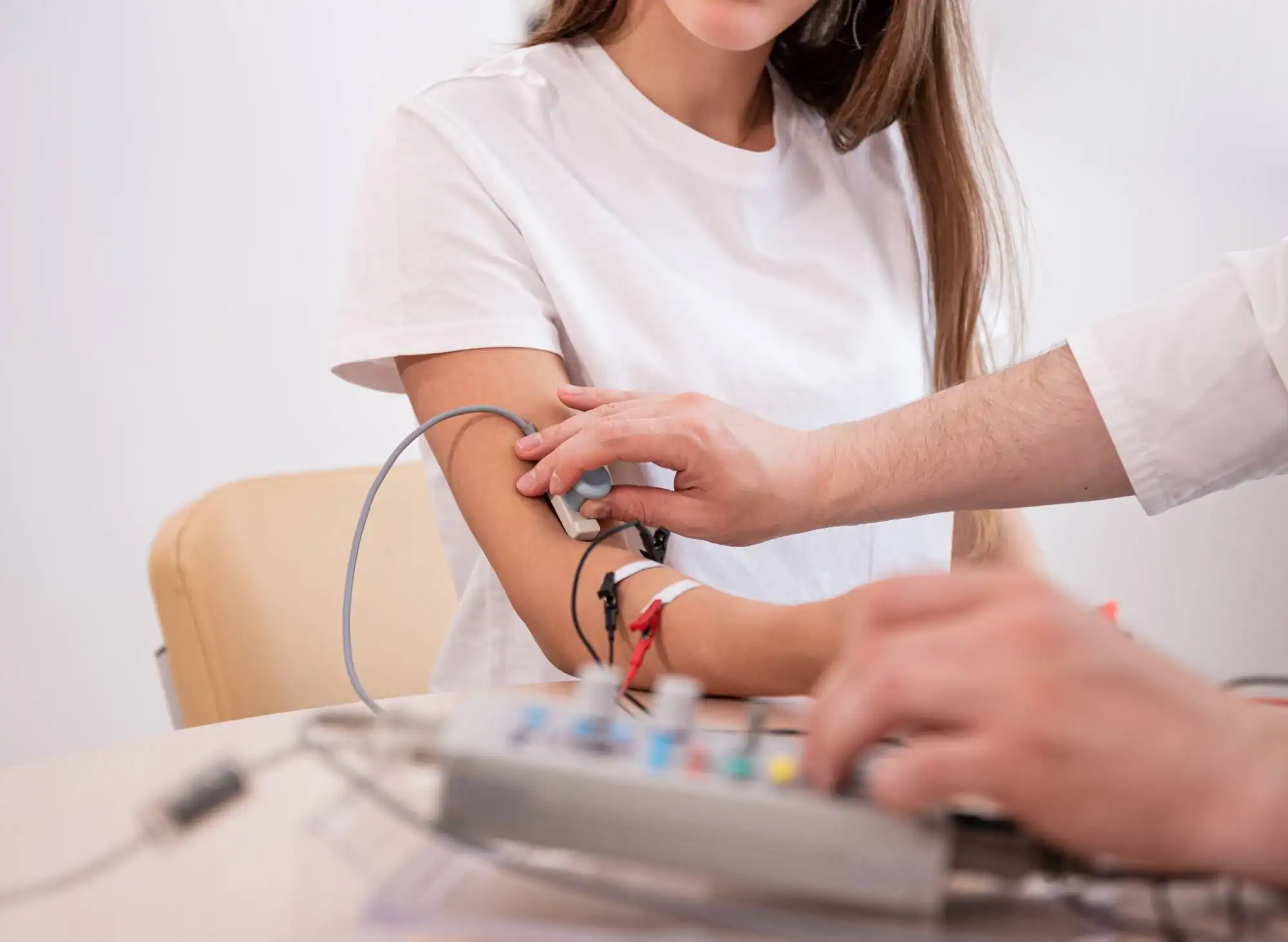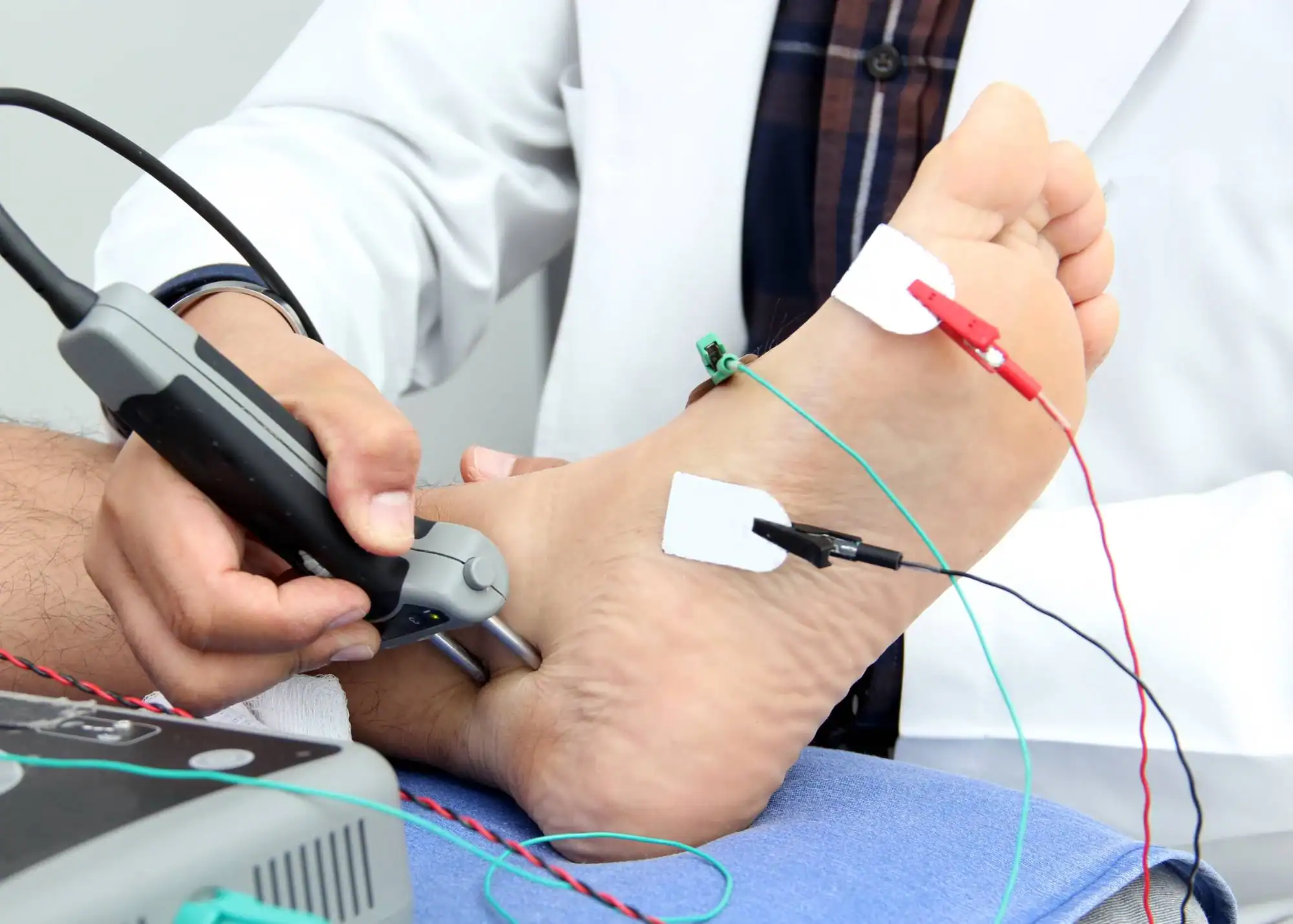Advanced diagnostic testing that pinpoints exactly what’s causing your numbness, tingling, or muscle weakness.


You’ve been dealing with nerve pain, numbness, or muscle weakness for months. Maybe even years. Your regular doctor keeps guessing, but you need real answers.
Nerve and muscle diagnostic testing gives you those answers. When we run EMG and nerve conduction studies, we’re measuring exactly how your nerves and muscles are functioning. Not guessing. Not assuming. Actually measuring.
This means you’ll know if you’re dealing with nerve damage, muscle disorders, or something else entirely. You’ll understand whether your condition is getting worse or staying stable. Most importantly, you’ll finally have the information you need to get the right treatment instead of trying random approaches that may or may not work.
NY Spine Medicine has been serving the South Florida community with specialized nerve and muscle diagnostic services. Our physicians understand that accurate testing requires both advanced equipment and the experience to interpret results correctly.
We’ve seen thousands of patients who were told their symptoms were “just stress” or “part of aging.” Many of them had real, treatable conditions that showed up clearly once we ran the proper tests.
Our focus stays on getting you accurate results quickly, so you can move forward with confidence about your treatment options.

First, we’ll review your symptoms and medical history. This helps us understand which specific tests will give you the most useful information about your condition.
During the EMG portion, we place small electrodes on your skin or insert thin needles into specific muscles. This measures the electrical activity in your muscles and shows us how well your nerves are communicating with those muscles.
For nerve conduction studies, we apply small electrical pulses to test how quickly and effectively signals travel through your nerves. You’ll feel some mild sensations, but most patients find the testing much more comfortable than they expected.
The entire process typically takes 30-60 minutes. We’ll explain what we’re finding as we go, and you’ll have your results before you leave our office.

Ready to get started?
Your nerve and muscle testing includes both EMG and nerve conduction studies in one appointment. We test multiple nerve pathways and muscle groups to get a complete picture of what’s happening.
You’ll receive detailed results that show nerve conduction speeds, muscle response patterns, and any areas of damage or dysfunction. We explain these results in plain language, so you understand exactly what they mean for your condition and treatment options.
Many patients in Indian Creek Village and throughout South Florida choose us because we combine thorough testing with clear communication. You won’t leave wondering what your results mean or what to do next.
